The Maserati 8CM, particularly the chassis 3011, stands as a magnificent symbol of racing engineering and historical significance. Its sleek design, coupled with remarkable performance, has made it one of the most admired and celebrated racing cars of its era. With a rich history tied to renowned personalities like Whitney Straight, this car blends engineering mastery, historical racing moments, and timeless elegance into one iconic machine. Let’s dive deeper into the origins, technical specifications, and legacy of this remarkable racer.
Origins and Design Evolution of Maserati 8CM
The Maserati 8CM was a product of the meticulous craftsmanship in Bologna, Italy, where only 19 of these 3-liter masterpieces were built. Crafted under the guidance of Ernesto Maserati, the 8CM stands out for its hybrid design influences, merging Italian, American, English, and even Siamese elements. The chassis 3011, among these elite machines, was constructed with a focus on precision and excellence.
In its creation, the engineers employed advanced techniques, with a heavy use of magnesium for weight reduction and a supercharged twin-overhead-cam engine that was crafted to provide exceptional performance. As racing car specialist John Moore describes it, there were “no shortcuts” in its design, and every detail, from the engine’s gear tower to the forged front axle, exemplified the utmost craftsmanship.
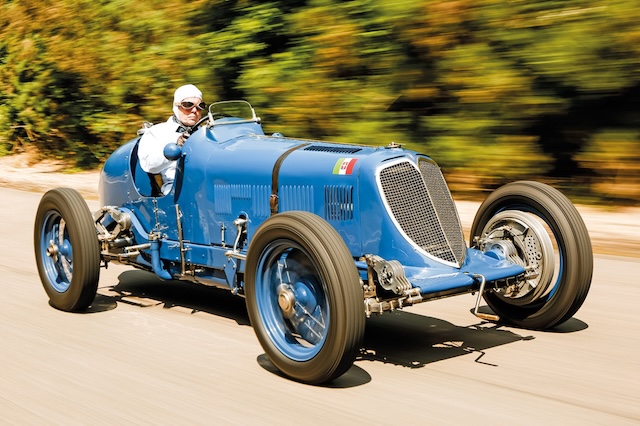
Video
Watch this video to find out how fast a 90-year-old race car can lap the Nürburgring!
Whitney Straight and the Maserati 8CM’s Legacy
Whitney Straight, a young and wealthy racer from New York, played an essential role in shaping the legacy of the Maserati 8CM. At the age of just 21, Straight demonstrated an acute eye for style and performance, ordering three 8CMs for his racing team. His experience with the Maserati 26M set the stage for his pursuit of perfection with the 8CM. However, despite its beauty, Straight found the chassis of the 8CM somewhat disappointing, describing it as too flexible, with a heavy gearchange and unappealing styling.
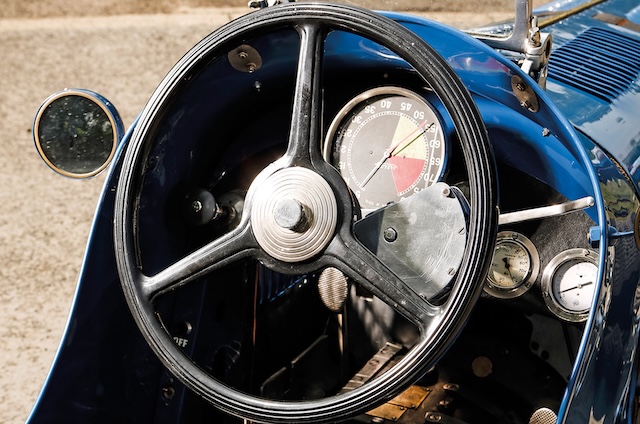
Determined to perfect the car, Straight enlisted the help of expert Giulio Ramponi. Together, they made key adjustments, including improving the car’s cooling system and modifying the rear suspension. These changes would ultimately lead to a reworking of the body by J. Gurney Nutting, resulting in one of the most aesthetically pleasing single-seaters of the early 1930s.
Straight also insisted that the 8CM should race in black, as his previous Maserati had, but international racing regulations required a white body with a blue chassis. The car’s official debut came at the Grand Prix of Tripoli, but a malfunctioning piston spoiled its performance. However, Straight’s dramatic pace was evident when he set a new hill record at Shelsley Walsh and achieved notable victories in subsequent races, including those at Brooklands, Donington, and South Africa.
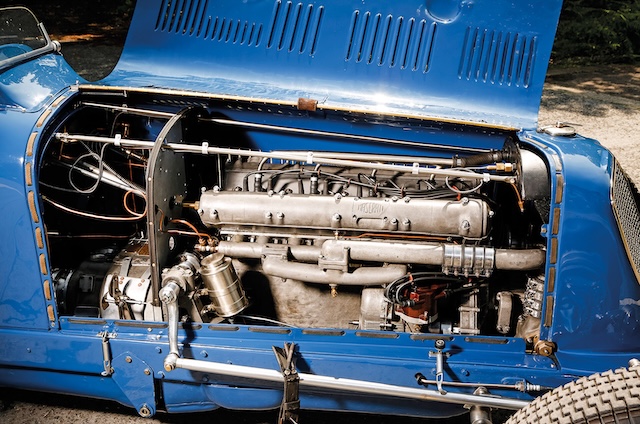
Maserati 8CM’s Competitive Success Across Continents
The 8CM’s racing career did not stop with Straight. After his brief retirement from racing at 23, Whitney Straight converted another Maserati 8CM into a sports car but continued to hold a deep appreciation for the car’s raw performance. 3011 eventually found its way into the hands of privateer Harry Rose, who enlisted the help of Ramponi to continue maintaining the car. In 1935, the young Richard Seaman took the wheel of the car and secured a win at the British Empire Trophy, showcasing the 8CM’s enduring competitiveness.
When the car was acquired by Prince Chula for his cousin, Bira, the Maserati continued to shine in international competitions. The vehicle was repainted in the White Mouse team colors and quickly became a mainstay in Bira’s racing career, including notable performances at the Donington Grand Prix and Cork GP. Although the car had experienced some setbacks, like Bira’s crash at Cork, its speed and reliability continued to impress.
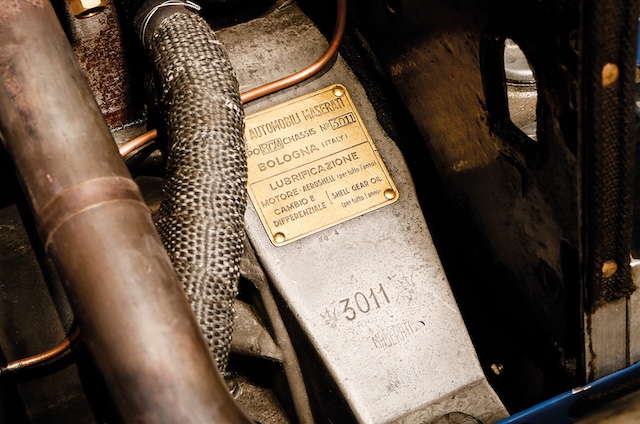
The Maserati 8CM’s Transition to Post-War Racing
Post-World War II, the Maserati 8CM shifted from Grand Prix racing to hillclimbs and other speed events, continuing to perform impressively under new owners. Kenneth McAlpine, a skilled builder, acquired the car in 1948, and it underwent multiple modifications throughout the 1950s. After passing through several hands in the following decades, including those of Nobby Spero and Dan Margulies, the 8CM eventually found its place in the Scottish collection of Lord Doune.

Restoration and Revival: Maserati 8CM’s Return to Glory
The 1980s marked a new chapter in the car’s storied life. After a period spent in the United States, the Maserati 8CM returned to England under the ownership of Chris Jaques. Jaques, a long-time admirer of the car’s history, commissioned a thorough restoration, enlisting specialists like John Moore and Paul Bonewell to ensure the car’s authenticity and functionality. The restoration efforts culminated in a return to the White Mouse team colors of the 1936-37 seasons, preserving the 8CM’s legacy while bringing it back to life with modern performance enhancements.
On a dynamometer test, the car now generates an impressive 320bhp, a significant increase from its original power output. Jaques, a former racing driver, has remained dedicated to preserving the car’s rich history, limiting its outings to events where it is truly appreciated.
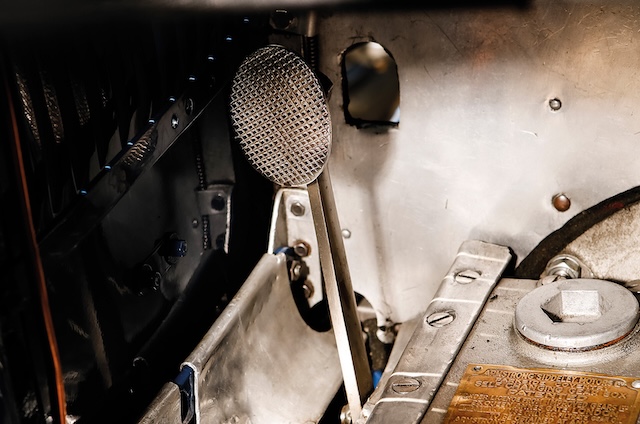
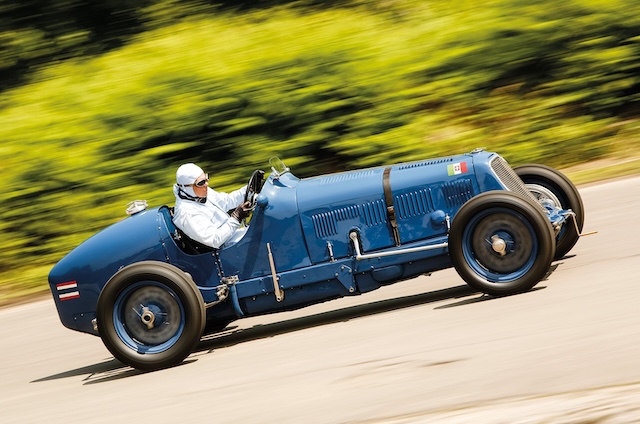
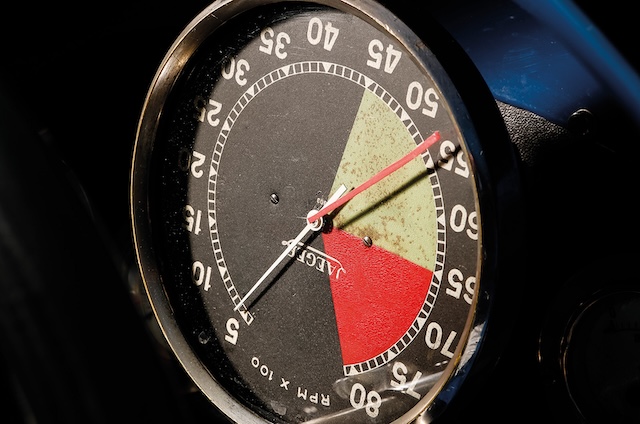
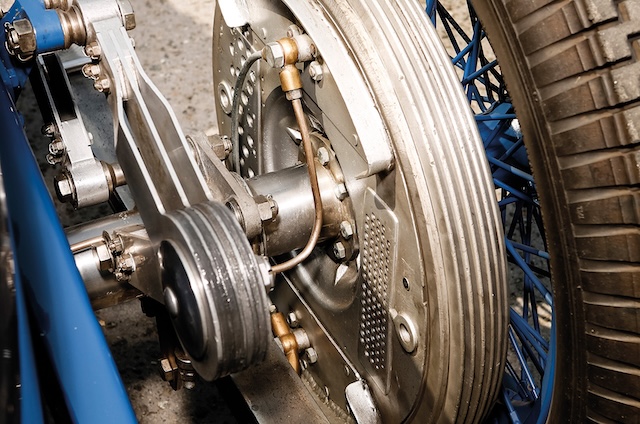

A Storied Past and Future of the Maserati 8CM
Today, the Maserati 8CM remains one of the most cherished racing cars in automotive history, loved for its aesthetic appeal and outstanding performance. The car’s legacy continues to captivate both enthusiasts and professionals alike. The car’s presence at prestigious events like the Goodwood Festival of Speed and its impressive lap times only further solidify its place in the annals of motorsport history.
From the skilled hands of engineers and mechanics to the legendary drivers who have steered it, the Maserati 8CM is more than just a racing car—it’s a testament to the golden age of motorsport. As it roars down the track, its engine’s deep growl and the whine of its supercharger continue to remind us of an era when racing cars were built not only for speed but for soul.
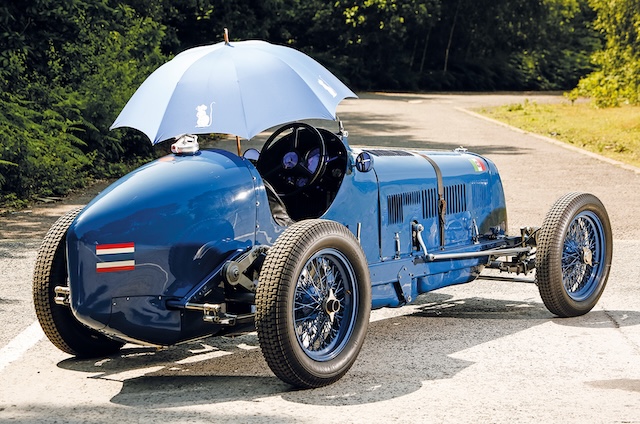
Maserati 8CM’s Specifications
- Produced: 1933–1934 (19 units)
- Engine: 2992cc straight-eight, twin overhead camshafts, Roots-type supercharger
- Power: 320bhp at 5500rpm
- Transmission: Preselector Wilson/ENV (one of 10 specially made)
- Suspension: Live axles, semi-elliptic leaf springs, friction dampers
- Brakes: Hydraulic drums
- Top Speed: 140mph (154mph for flying kilometer)
- Weight: 785kg
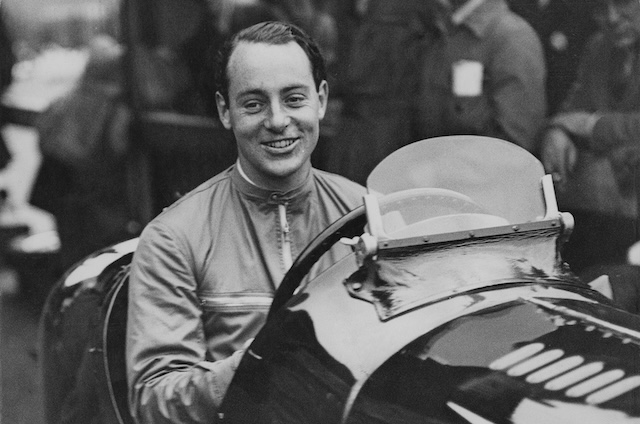
Video
Watch this video to see the stunning Maserati 8CM with its powerful Straight 8 engine in action!
Conclusion
The Maserati 8CM is not merely a racing car; it is a living piece of history, built with passion, precision, and a deep commitment to performance. Its legacy continues, driving not only on the track but also in the hearts of all those who appreciate the engineering excellence and competitive spirit of the pre-war racing era. Whether you are an automotive enthusiast or a motorsport aficionado, the Maserati 8CM stands as a testament to the beauty and power of racing history.



